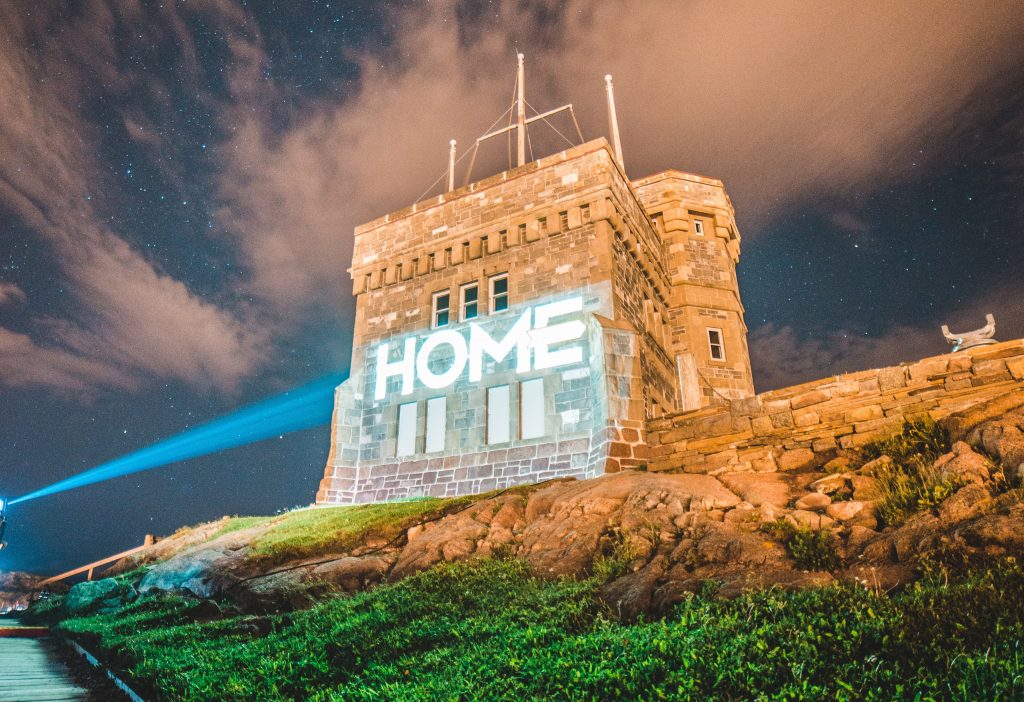thoughts on process

Why projection map? It is an incredibly engaging experience for the audience and fun to create. The technology enables an immersive augmented reality experience without need for 3D goggles, or a headset.
It allows for versatile work: if you are live mixing and touring, the AV assets are digital, so can be used repeatedly in different venues. If you own a venue, the stage and projector setup can be saved as a preset, allowing for re-use in different productions.
Being creative with projection mapping on a small scale has many rewards, especially when stuck at home in a pandemic lockdown or when working with restricted resources. Small can be beautiful and engaging. Projecting onto small objects is great practice, for example sneakers, or bottles work just fine.
It is good to make your rookie mistakes on a small scale and to learn from these experiences. Practice will give you more confidence when performing in front of a large audience where the margin for errors is small.
As an early-stage artist it might be useful to start with an object you’d like to work with, as this can help you to come up with ideas for the audiovisual content (it could work the other way around as well).
You will need to prepare your content and map the object in the software, so the projected light only falls onto the object itself, which makes the object ‘come to life’. You might prefer to test out various types of content on the object to get a feel for what could look engaging and how it might go with the sound, or you might prefer to storyboard and plan. There can be a fair bit of learning and testing before you can document your first show.
After the first few projects you may be working as a creative team, perhaps focusing more on realising audiovisual ideas than on technical details, however it is still useful to start exploring projection mapping on a smaller scale as it allows to get an understanding of the whole process.
This video by Tinkernut gives a great introduction to projection mapping:
Cool ‘small & creative’ projects: